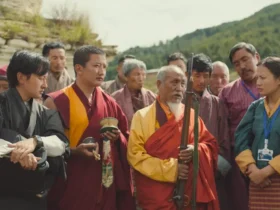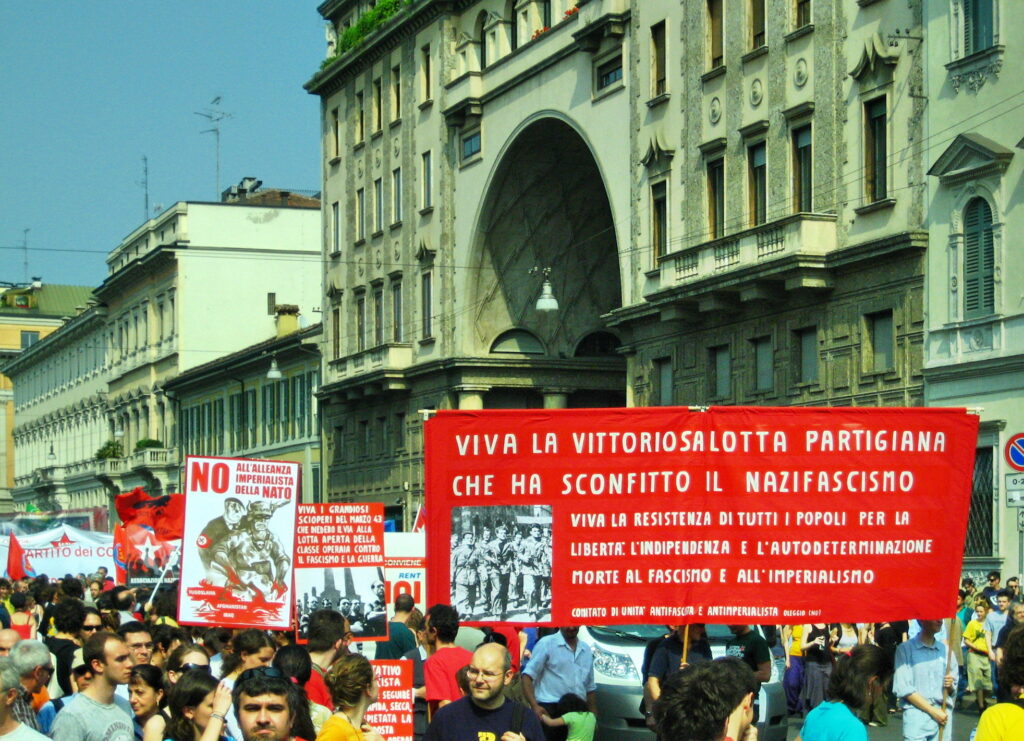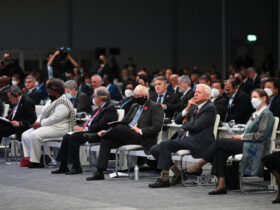In the final years of World War Two, Partigiani – the Italian resistance fighters who were largely left leaning, openly socialist, or communist – liberated Northern Italy. This struggle, known as the Italian Civil War (8 September 1943 – 25 April 1945), ensured that the once vilified Marxist political ideologies would become central to post-war republican Italy.

Operation GLADIO included a combination of propaganda, political action, and paramilitary action. Starting with the 1948 general elections, the CIA funneled money to political parties that opposed the Italian Communist Party (PCI) and Italian Socialist Party (PSI) in every election for 24 years. This aid was largely to help cover the costs of campaigning, posters, and pamphlets. The CIA also forged letters discrediting party leaders on the left. The paramilitary aspect of Operation GLADIO was to train anti-communist clandestine networks, which often recruited former fascist hardliners. The most direct political action took place in 1964 when Operation GLADIO supported a silent coup in which the socialist ministers were forced out of government.
Operation GLADIO is inextricably tied to Italy’s “Years of Lead” (1960s-1980s), the period of Italian history in which extremist groups on the left and right committed domestic terrorism and targeted killings. Among these were the neo-fascist groups Ordine Nuovo and Rosa dei Venti, which carried out multiple bombings. Both of these groups allegedly had GLADIO-trained operatives among them carrying out bombing operations. GLADIO-trained operatives have also allegedly carried out “false flag” operations. Consider the case of the 1972 Paetano terrorist attack. The communist group Red Brigades was originally blamed until, in 1984, Vincenzo Vinciguerra – a fascist terrorist who claimed to have been supported by the GLADIO network – confessed. It is suspected that the Red Brigades’ assassination of Christian Democrat Prime Minister Aldo Moro in 1978 was also a “false flag” – the evidence being an alleged threat to Moro from Secretary of State Henry Kissinger and the involvement of the Banda della Magliana, an Italian criminal organization tied to GLADIO and the 1980 Bologna Massacre.


The views expressed by the author do not necessarily reflect those of the Glimpse from the Globe staff and editorial board.









